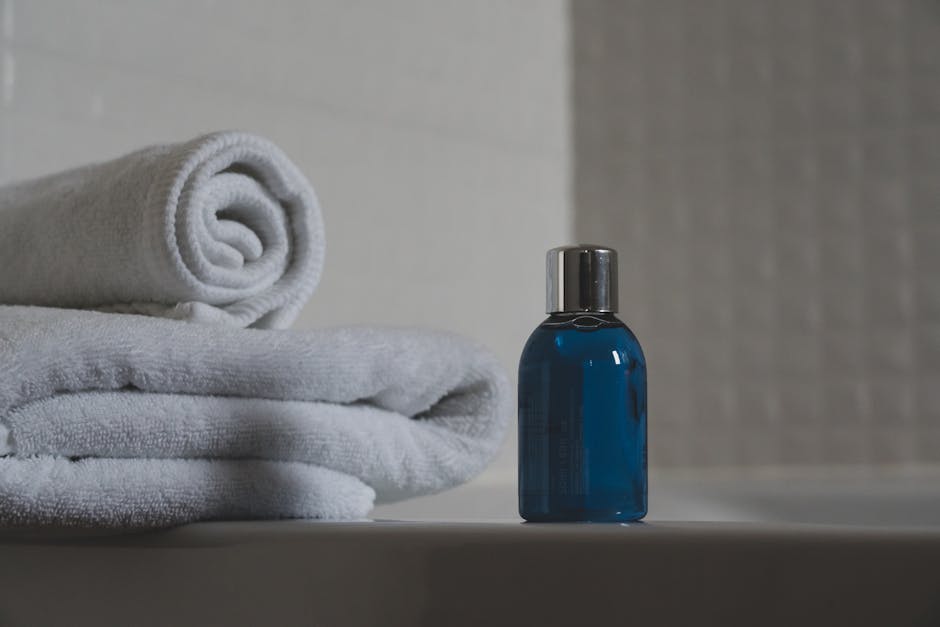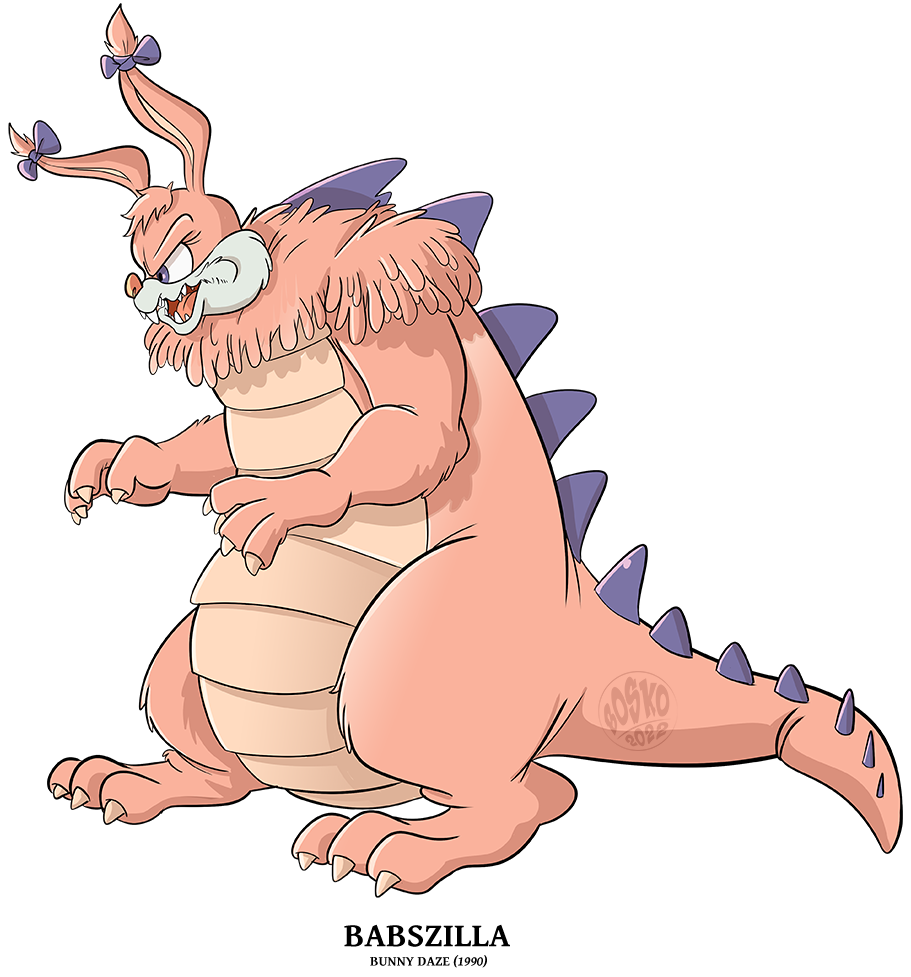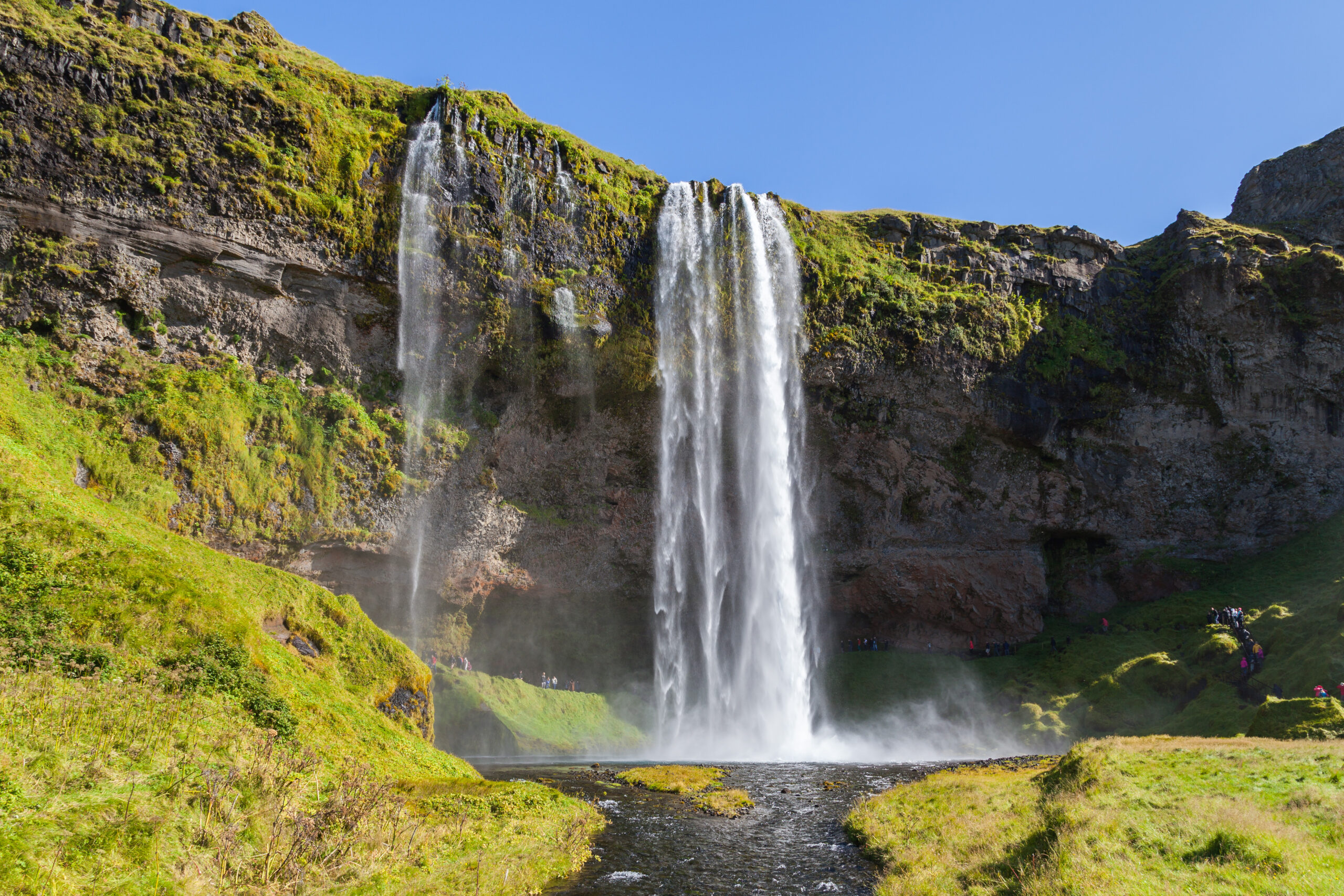Introduction

Algae in Bird Baths
Bird baths are tranquil additions to gardens and outdoor spaces, providing birds with a refreshing water source for drinking, bathing, and cooling off. However, these serene havens can be plagued by a common problem: algae growth. Algae, simple plant-like organisms that thrive in water and sunlight, can pose various risks and challenges to bird baths.
Understanding Algae
Before exploring the dangers of algae in bird baths, let’s first understand what algae is. Algae are diverse aquatic organisms, ranging from single-celled microorganisms to large, multicellular forms. With their photosynthetic pigments, they often appear green and play vital roles in aquatic ecosystems by producing oxygen and serving as a food source. However, when algae proliferate in bird baths, they can lead to a range of issues.
Dangers of Algae in Bird Baths

-
Aesthetics: Algae growth significantly detracts from the visual appeal of a bird bath, transforming a sparkling oasis into a dirty and unattractive sight. This diminishes the beauty and enjoyment of the bird bath for birds and humans alike.
-
Health Risks to Birds: Certain types of algae can harm birds by producing toxins. When birds come into contact with or ingest the contaminated water while bathing or drinking, they can experience skin irritation, respiratory issues, digestive disorders, and even death in severe cases.
-
Mosquito Breeding Ground: Algae growth in bird baths creates an ideal environment for mosquitoes to breed. Stagnant water combined with algae provides a suitable habitat for mosquito larvae, increasing the risk of mosquito-borne diseases such as West Nile virus.
-
Altered Water Chemistry: Algal growth can disrupt the delicate equilibrium of the bird bath ecosystem by changing the pH balance and nutrient levels. This negatively impacts the plants, insects, and other organisms that rely on the bird bath for their survival and well-being.
-
Increased Maintenance: Dealing with algae growth requires additional maintenance efforts. Regular cleaning becomes necessary to remove slimy or stringy growths, restoring the bird bath’s cleanliness and functionality. This added maintenance can be time-consuming and inconvenient for bird enthusiasts.
Understanding the dangers associated with algae in bird baths allows us to appreciate the importance of preventing and managing their growth. In the following sections, we will explore the causes of algae growth in bird baths and discuss effective prevention strategies. By implementing these strategies, we can maintain clean, healthy bird baths that benefit both the avian visitors and the human observers.
Causes of Algae Growth

Algae growth in bird baths is influenced by various factors, including sunlight, temperature, and water contamination. Understanding these causes can help bird enthusiasts implement effective prevention strategies to maintain clean and healthy bird baths.
Sunlight
Algae rely on photosynthesis, converting sunlight into energy for rapid growth and reproduction. Bird baths exposed to direct sunlight for extended periods create optimal conditions for algae proliferation, especially in regions with ample sunshine.
Temperature
Warmer temperatures provide favorable conditions for algae to thrive and reproduce at an accelerated rate. Bird baths located in areas with consistently high temperatures or exposed to direct sunlight are particularly prone to algae infestation.
Water Contamination
Water contamination, primarily caused by organic matter like leaves, bird droppings, or uneaten bird food, contributes to algae growth. Nutrients such as nitrogen and phosphorus, found in bird waste and decaying organic material, act as fertilizers, promoting the growth of algae colonies.
Stagnant water or inadequate water circulation exacerbates nutrient accumulation, creating an environment conducive to algae proliferation. Regular cleaning and proper water circulation are essential to remove organic matter and minimize nutrient buildup.
Rainwater runoff can introduce pollutants or excess nutrients into the bird bath water, further facilitating algae growth. Bird bath owners should be cautious of potential water contamination from external sources and consider measures to minimize runoff.
Understanding the causes of algae growth in bird baths empowers bird enthusiasts to implement effective prevention strategies. In the next section, we will explore various prevention techniques to maintain clean and algae-free bird baths.
3. Prevention Strategies

To maintain a clean and healthy environment for your feathered friends, it’s important to implement effective prevention strategies to prevent algae growth in bird baths. Follow these steps to keep your bird bath pristine:
Regular Cleaning
-
Remove debris: Start by clearing any leaves or twigs from the bird bath. These organic materials provide nutrients for algae to thrive.
-
Thorough scrubbing: Use a brush or sponge to scrub the bird bath, paying close attention to areas with algae buildup. Opt for a mild detergent or bird-safe cleaner to ensure effective cleaning without harming the birds.
-
Rinse with clean water: After scrubbing, thoroughly rinse the bird bath with clean water to remove any remaining residue.
-
Establish a cleaning schedule: Maintain a consistent cleaning schedule, such as once a week, to prevent algae growth and keep your bird bath in top condition.
Sunlight and Temperature Control
Controlling sunlight and temperature is another effective strategy to hinder algae growth. Try these methods to manage these factors:
-
Shaded placement: Position the bird bath in a shaded area to limit direct sunlight. Consider placing it under a tree canopy or near a building that provides natural shade.
-
Built-in shade or additional structure: Choose a bird bath with a built-in shade or add a shade structure, such as an umbrella or awning, to further reduce sunlight exposure and inhibit algae growth.
-
Avoid heat sources: Keep the bird bath away from direct sunlight, reflective surfaces, or nearby heat-generating equipment to prevent water temperature from rising, creating favorable conditions for algae.
Water Contamination Management

Proper water management is crucial to prevent algae introduction. Follow these tips to minimize water contamination:
-
Avoid tap water: Tap water may contain chemicals that promote algae growth. Instead, use clean freshwater sources like collected rainwater or distilled water to fill the bird bath.
-
Regular water replacement: Stagnant water provides a breeding ground for algae. Aim to change the water at least once a week or more frequently during hot weather or periods of heavy bird activity.
-
Consider a filtration system: Install a bird bath water filtration system designed to remove impurities and maintain water quality, reducing the likelihood of algae growth.
By implementing these prevention strategies, you can ensure a clean and algae-free bird bath, providing a safe and inviting space for birds to drink, bathe, and enjoy their surroundings.
Continue to the next section: 4. Conclusion.
Conclusion

Preventing algae growth in bird baths is essential for maintaining water quality and creating a healthy environment for birds. By implementing a few simple prevention techniques, bird enthusiasts can ensure that their bird baths remain clean, attractive, and safe for avian visitors.
Summary of Prevention Techniques
To mitigate and control algae growth in bird baths, consider the following techniques:
-
Regular Cleaning: Clean the bird bath regularly to remove debris, organic matter, and existing algae buildup. Scrub the surface with a brush or sponge and rinse thoroughly with clean water to maintain a pristine environment for birds.
-
Frequent Water Changes: Algae thrives in stagnant water. Change the water in the bird bath every two to three days to prevent algae formation and provide birds with clean and fresh water.
-
Use of Additives: Add commercially available additives to the bird bath water to inhibit algae growth. These additives contain enzymes or chemicals that are safe for birds and wildlife while effectively controlling algae. Follow the manufacturer’s instructions for optimal results.
-
Providing Shade: Algae flourishes in sunlight. Place the bird bath in a shaded area to reduce algae growth. Position it under a tree or use an umbrella or shade cloth to minimize direct sunlight reaching the water, inhibiting algae growth.
-
Using a Fountain or Aerator: Moving water is less conducive to algae growth than stagnant water. Install a small fountain or aerator in the bird bath to keep the water circulating and oxygenated. This not only deters algae but also adds an attractive visual element, enhancing the bird bath’s appeal to birds.
Benefits of Preventing Algae in Bird Baths
Preventing algae growth in bird baths offers several significant benefits:
-
Water Quality: Clean and fresh water promotes birds’ overall health and well-being. By preventing algae growth, bird baths provide a reliable source of clean water for drinking and bathing, ensuring optimal water quality.
-
Attracting Birds: Birds are attracted to clean water sources. By maintaining a pristine bird bath, bird enthusiasts increase the likelihood of attracting a variety of bird species to their gardens. A clean bird bath becomes a desirable oasis, encouraging birds to visit, linger, and engage in their natural behaviors.
-
Visual Appeal: An algae-free bird bath enhances the garden or outdoor space’s overall appearance. It becomes an attractive focal point, adding beauty and charm to the surroundings and creating a welcoming environment for both birds and human observers.
-
Reducing Disease Transmission: Algae-infested bird baths can harbor harmful bacteria and parasites that may be transmitted to birds. By preventing algae growth and maintaining clean water, the risk of disease transmission is minimized, ensuring the well-being of avian visitors.
Taking proactive measures to prevent algae growth in bird baths benefits both birds and bird lovers. Through regular cleaning, frequent water changes, the use of additives, providing shade, and utilizing a fountain or aerator, bird enthusiasts can create a healthy and inviting space for birds to drink, bathe, and thrive. Clean and algae-free bird baths allow both birds and bird lovers to enjoy the beauty and wonder of these feathered creatures in their natural habitats.
Frequently Asked Questions
Frequently Asked Questions
Q1: How often should I clean my bird bath to prevent algae growth?

A1: It is recommended to clean your bird bath at least once a week to prevent algae growth. Regular cleaning helps remove debris and existing algae buildup, maintaining a clean and healthy environment for birds.
Q2: What should I use to clean my bird bath and remove algae?
A2: To clean your bird bath and remove algae, use a brush or sponge along with a mild detergent or bird-safe cleaner. Scrub the surface thoroughly, paying attention to areas with algae buildup, and rinse with clean water to ensure effective cleaning without harming the birds.
Q3: How frequently should I change the water in my bird bath to prevent algae growth?

A3: To prevent algae growth, it is recommended to change the water in your bird bath every two to three days. Stagnant water provides a breeding ground for algae, so frequent water changes help maintain clean and fresh water for birds.
Q4: Are there any additives I can use to prevent algae growth in my bird bath?
A4: Yes, there are commercially available additives specifically designed to inhibit algae growth in bird baths. These additives contain enzymes or chemicals that are safe for birds and wildlife while effectively controlling algae. Follow the manufacturer’s instructions for optimal results.
Q5: How can I provide shade for my bird bath to prevent algae growth?

A5: To provide shade and prevent algae growth in your bird bath, position it in a shaded area. You can place it under a tree canopy or near a building that provides natural shade. Alternatively, you can add a shade structure such as an umbrella or awning to reduce direct sunlight exposure and inhibit algae growth.

Leave a Reply